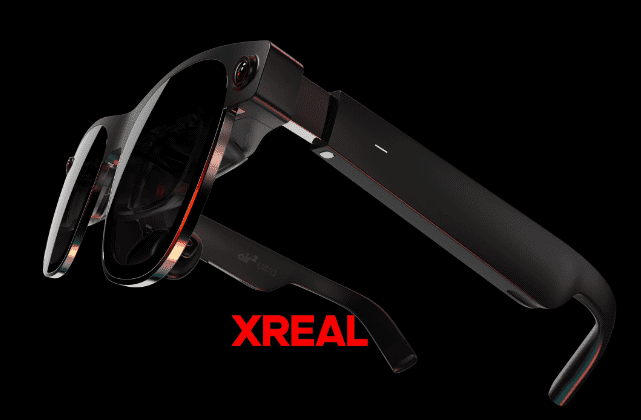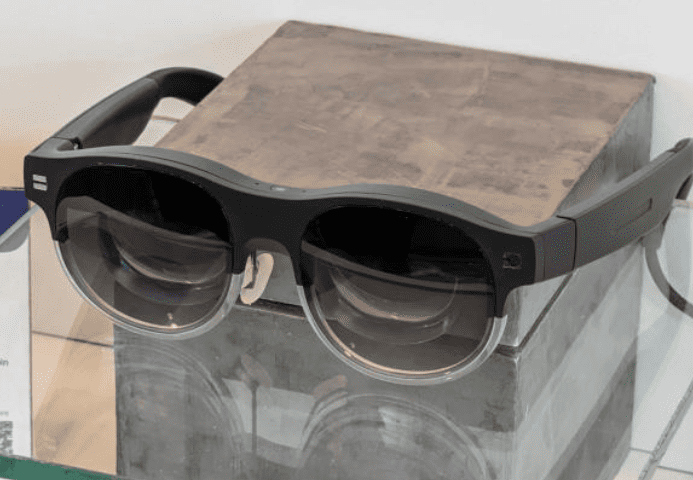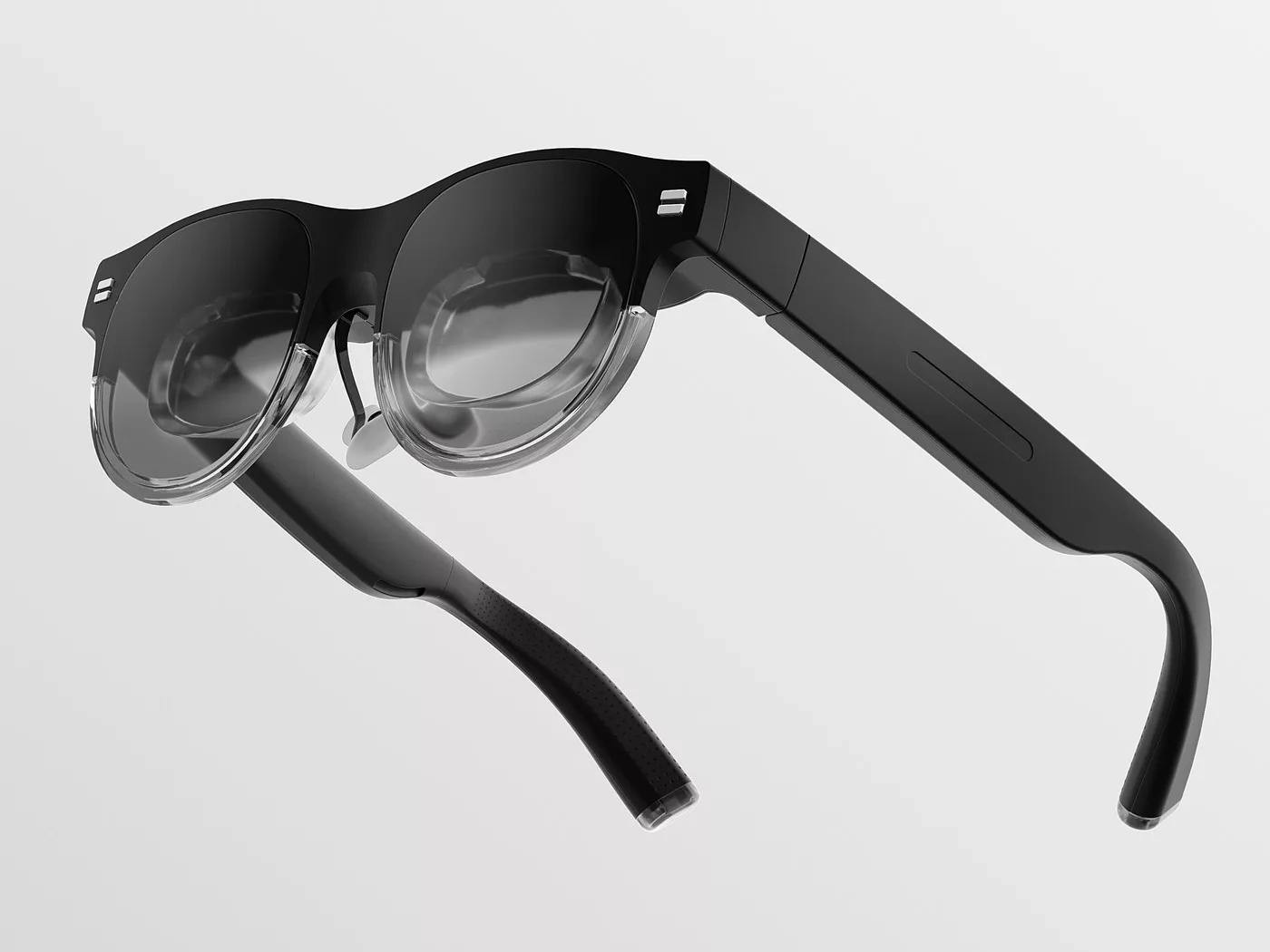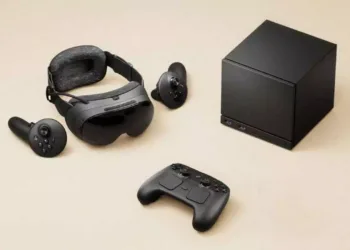In the midst of showcasing an array of cutting-edge computer hardware at CES 2024, ASUS unveiled its latest innovation – the AirVision M1, a pair of smart glasses that marks the company’s foray into the wearable technology arena. Contrary to any initial confusion, the ‘M1’ designation does not correlate with Apple Silicon, though ASUS has kept the complete specifications under wraps, leaving enthusiasts in anticipation.

All About the Asus AirVision M1
It might appear that the AirVision M1 is gearing up to compete with the Apple Vision Pro, but a crucial distinction arises as this ASUS creation relies on a tethered connection to a computer, rendering it practically useless as standalone hardware. The necessity of a USB-C cable connection to a PC or phone is inherent for the AirVision M1 to function seamlessly. ASUS has not officially addressed its compatibility with the iPhone 15, yet when linked to other devices, users gain access to multiple displays through the spectacle’s panel – an invaluable feature for those seeking enhanced productivity in record time.

Despite its compact size relative to the Apple Vision Pro, the AirVision M1 exhibits a bulkiness that stands out when compared to standard off-the-shelf glasses. While ASUS remains tight-lipped about the weight of the device, the visual representations alone convey its substantial form factor. To enhance the viewing experience, the AirVision M1 boasts an FHD (1,920 x 1,080) microLED panel with an expansive 57-degree field of view. Once connected to a PC or phone display, users can revel in the luxury of three virtual displays that can be conveniently positioned according to their preferences.

Further customization is afforded through adjustable aspect ratios, ranging from the standard 16:9 to the wider 21:9 or an expansive 32:9. ASUS has integrated noise-canceling microphones and speakers into the AirVision M1, aiming to simplify online meetings and conferencing experiences. Unfortunately, ASUS has remained tight-lipped about pricing and launch details. However, given the device’s dependency on external hardware and its comparatively streamlined features when compared to the Apple Vision Pro, industry speculations suggest a more budget-friendly price point for the AirVision M1.







